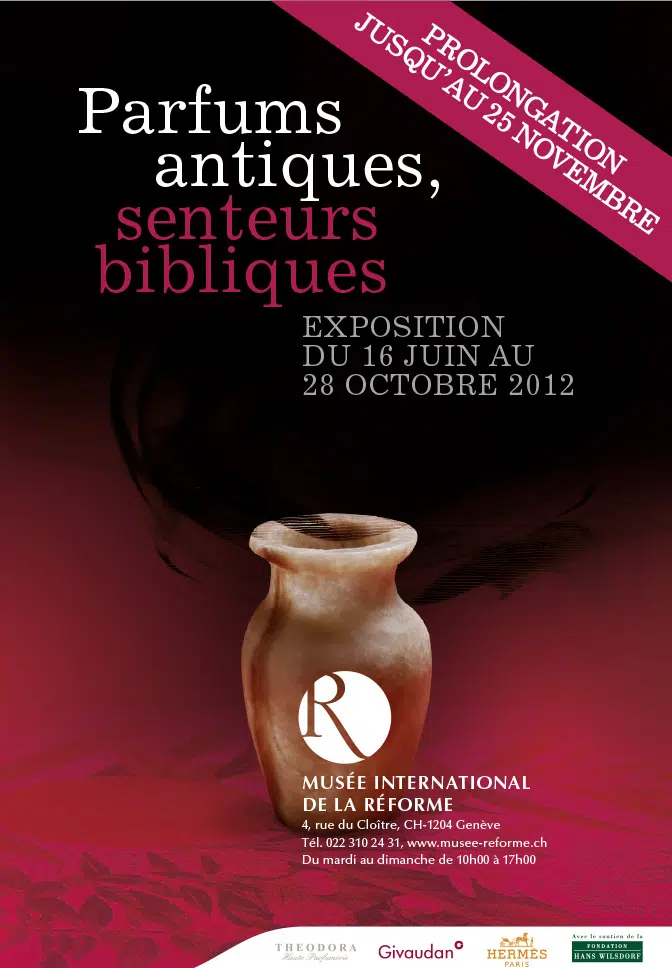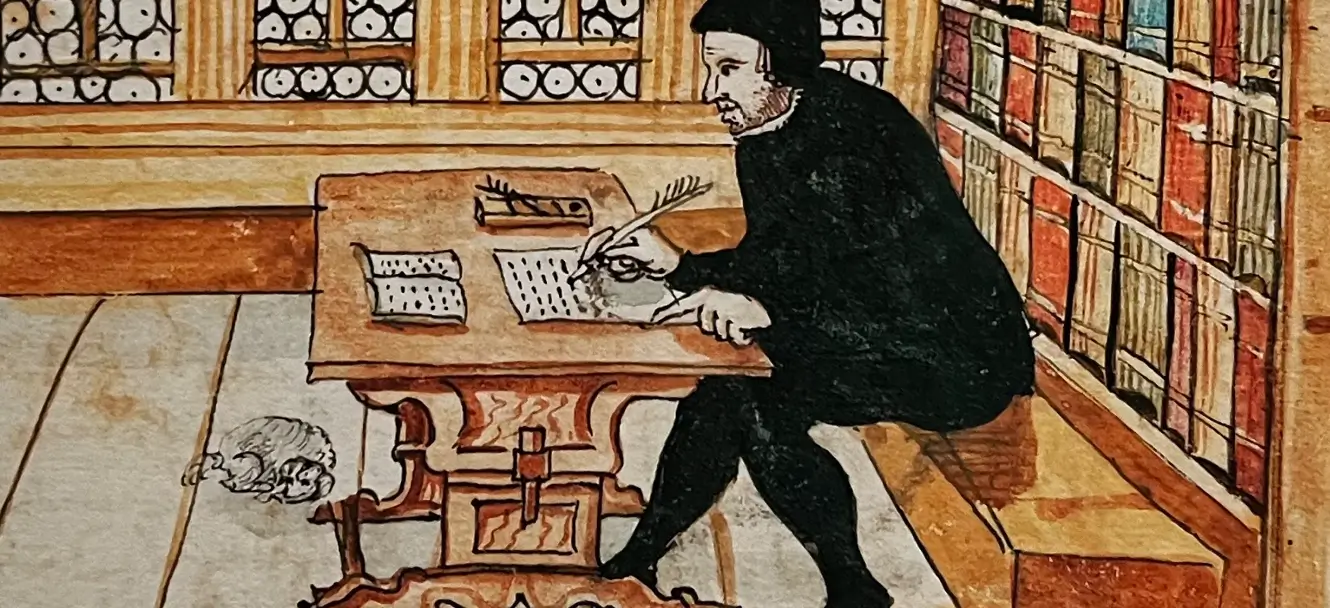By opening a Bible, these are funny stories that can be smelled there. Fragrant stories. The biblical stories are indeed punctuated with intense fragrant evocations. Seemingly innocuous, these indications of leaves, resins, bark and other trees have multiple functions, all important and full of meaning.
The exhibition “Ancient perfumes, biblical scents” made it possible to discover twelve aromatic ingredients in particular: balsam, cinnamon, incense, galbanum, henna, ladanum, myrrh, myrtle, nard, reed aromatic, saffron and storax. These scents are found mainly in the Hebrew Bible but some also in the New Testament.
In addition to the twelve ingredients, the exhibition also presented the two perfume compositions from the Bible: on the one hand the perfume of the altar of incense whose recipe was given to Moses at the time of the exodus of the people of Israel and which was perpetuated in the temple of Solomon; on the other hand the anointing oil which served to symbolize the election, the choice, the sending.
Finally, visitors were able to discover the evocation of three historical perfumes: the royal perfume dating from Antiquity and which contains many biblical ingredients, the angel water very fashionable during the Renaissance and the anti-pestilential perfume, mentioned at the entrance to the Museum, one of the only measures against the plague from the 16th century. Thus at the time of the Reforms, Geneva, like all cities in Europe, was won over by the fashion for body perfumes and clothing both to compensate for the closure of public baths and baths (considered places of moral perdition) and to protect against communicable diseases or even to treat those affected. A kind of ancient aromatherapy!

In a few square meters but also in a few beautiful fragrances, this exhibition made it possible to sketch, in short, a history of perfume: from the perfumer priest to the apothecary then to the doctor, to the glover and fashion designer and finally to modern chemists.

Évènement à la une (menu déroulant)
Cet article permet juste de définir l'évènement à mettre à valeur dans le menu déroulant.Il suffit ...
RegistrationAll events






 Google Analytics & Pixel Facebook
Google Analytics & Pixel Facebook